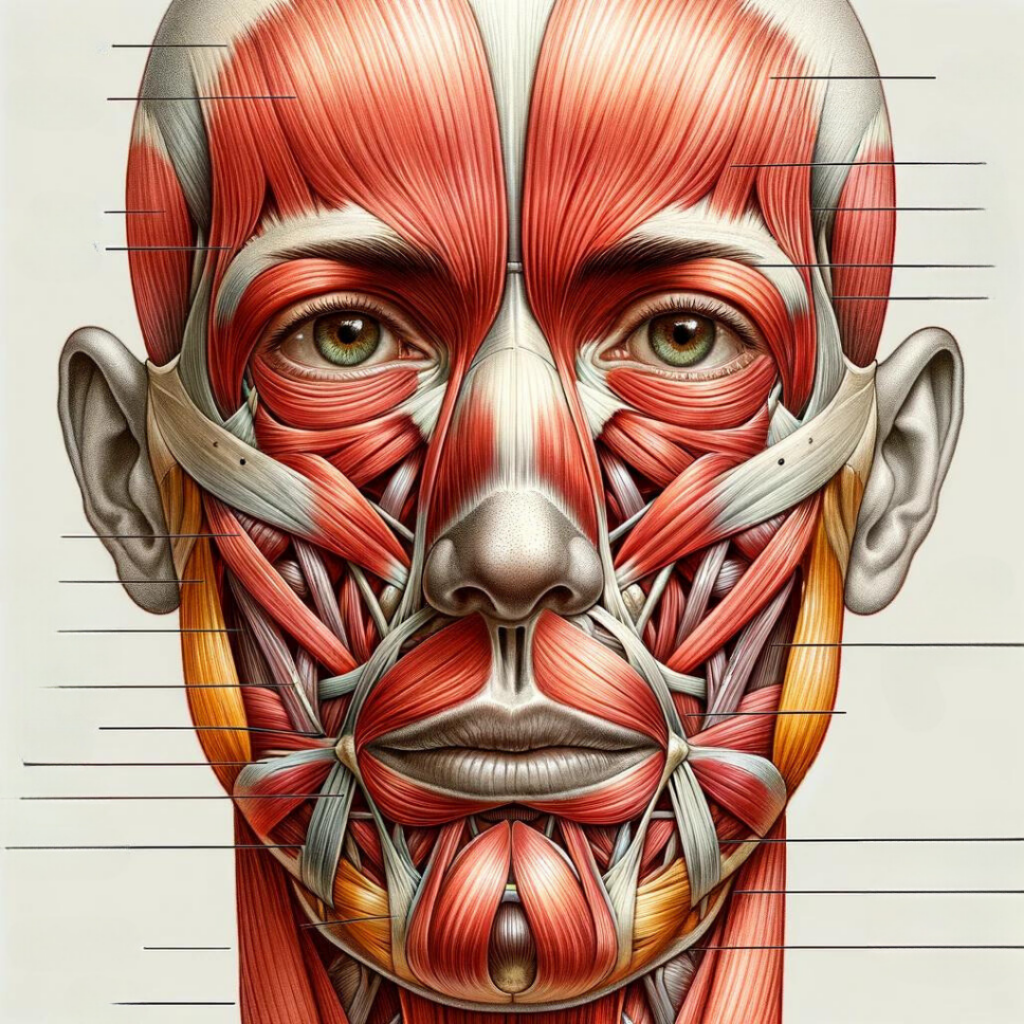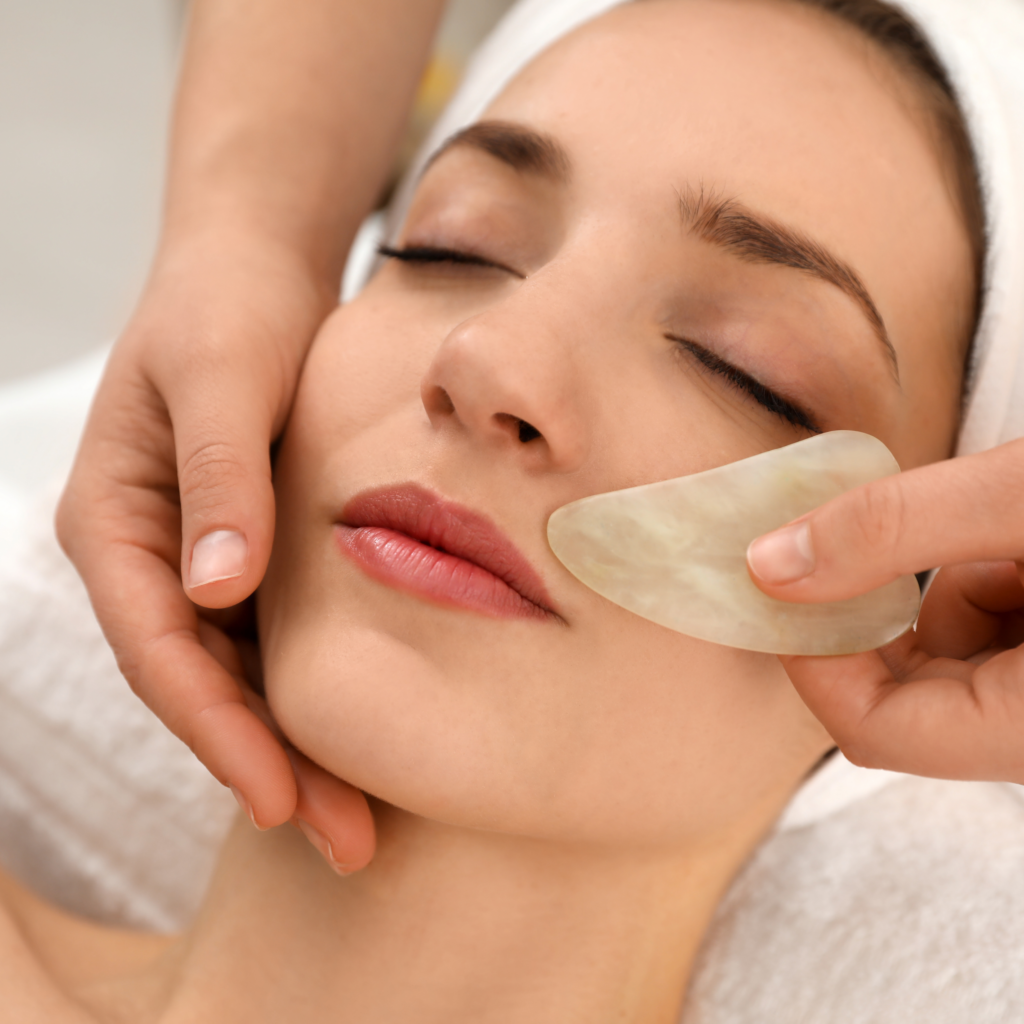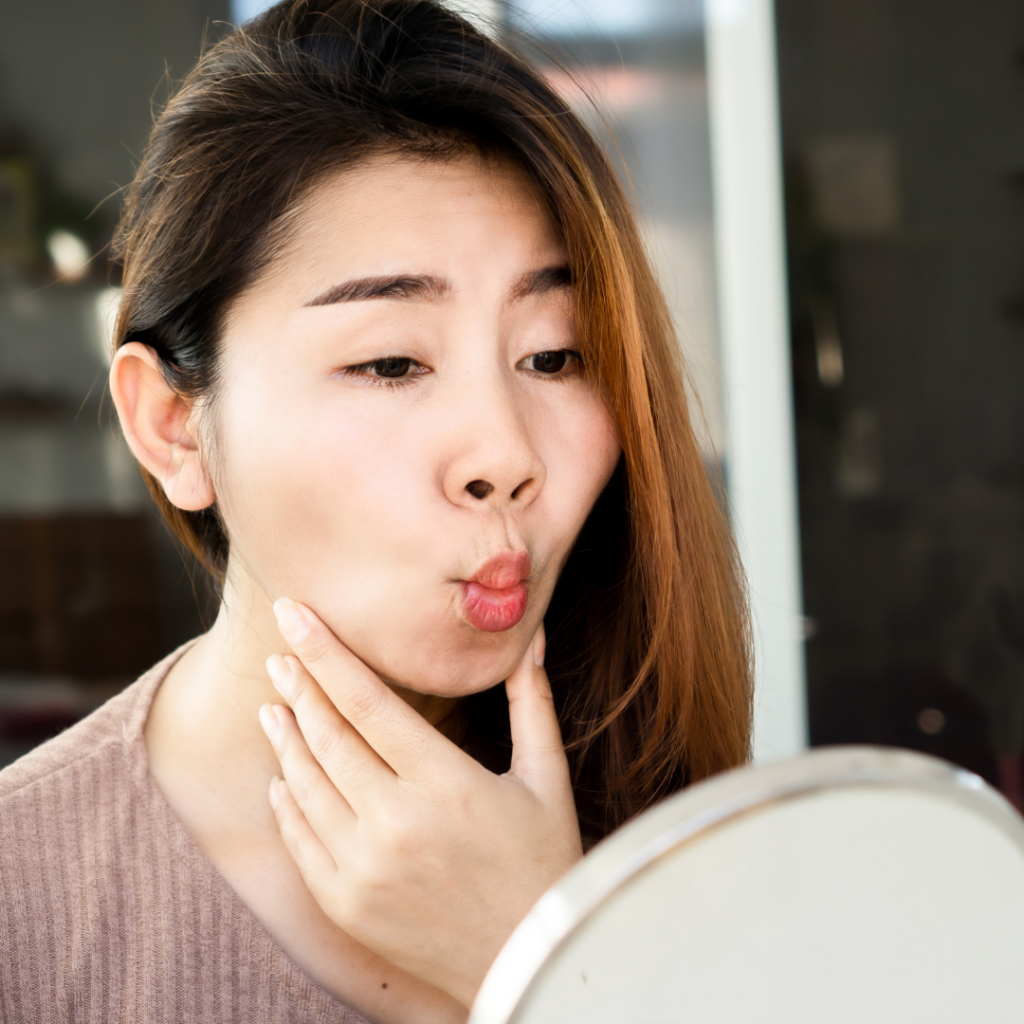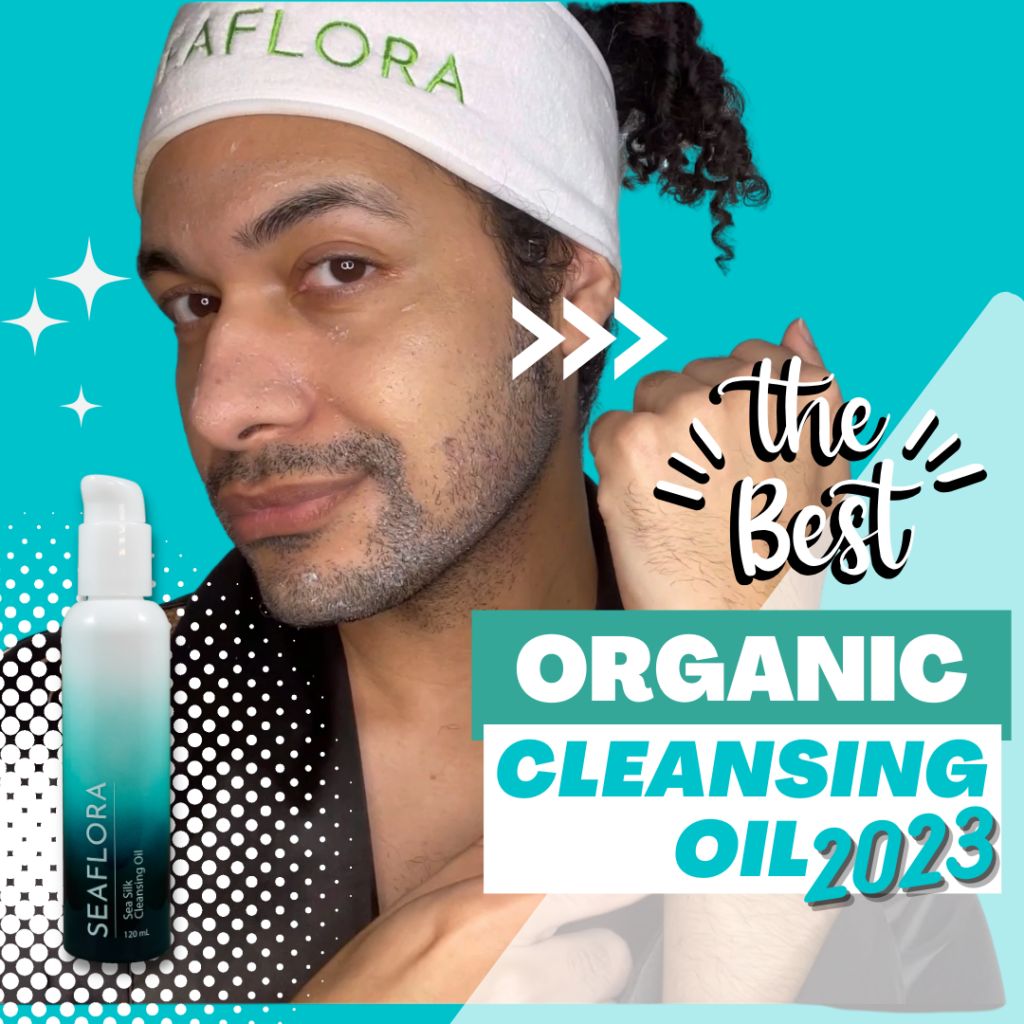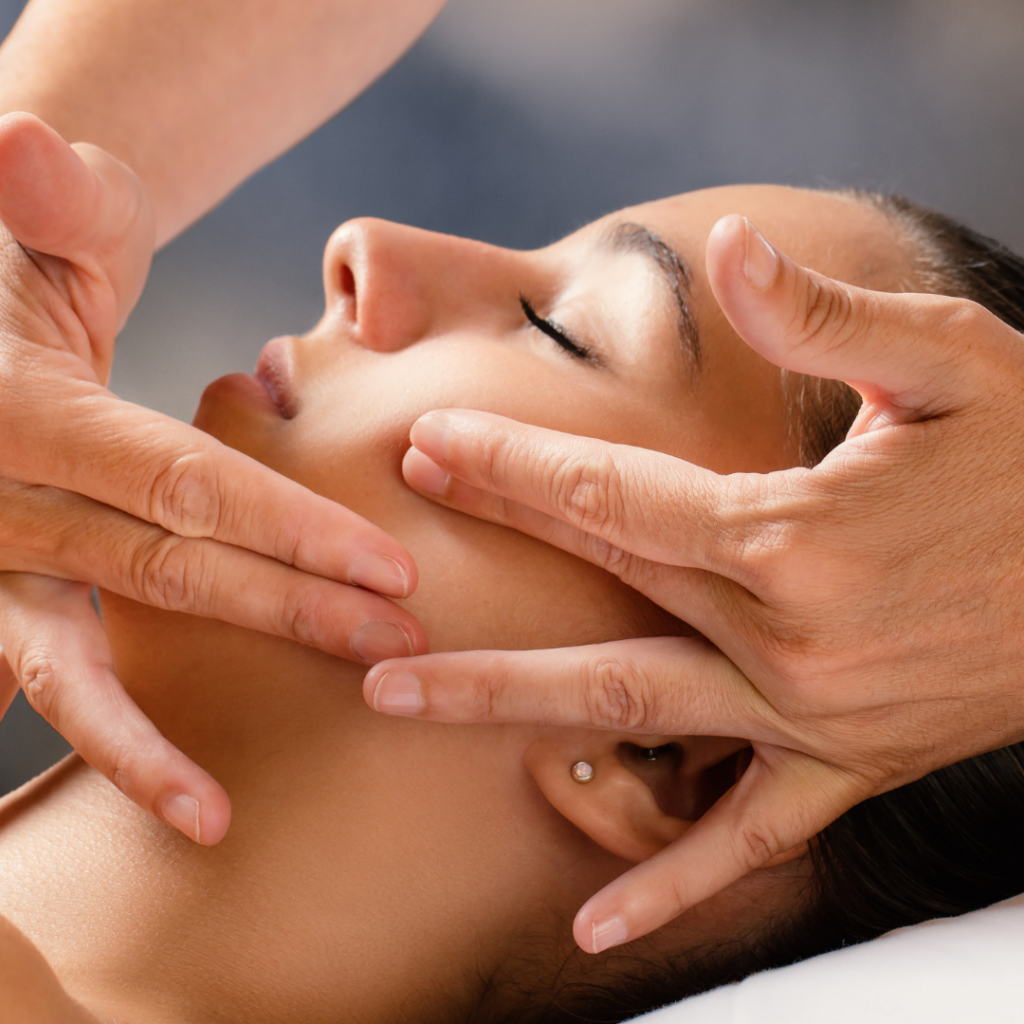The Best Face Sculpting Techniques – Gua Sha
Gua sha, face yoga, face sculpting, and facial massage are popular time-tested techniques that offer a range of benefits. From sculpting the face to improving skin elasticity and tone, it’s no wonder face sculpting has increased in popularity. The reason these techniques work is because facial muscles aren’t attached to the skeleton, unlike other muscles in the body. This is why the face muscles require manual manipulation to maintain tone and fitness. This blog explores the anatomical basis of these techniques and provides evidence from credible sources regarding facial muscle structure and the need for manual manipulation.
Discovering Gua Sha & Face Sculpting: Ancient Technique, Modern Skincare
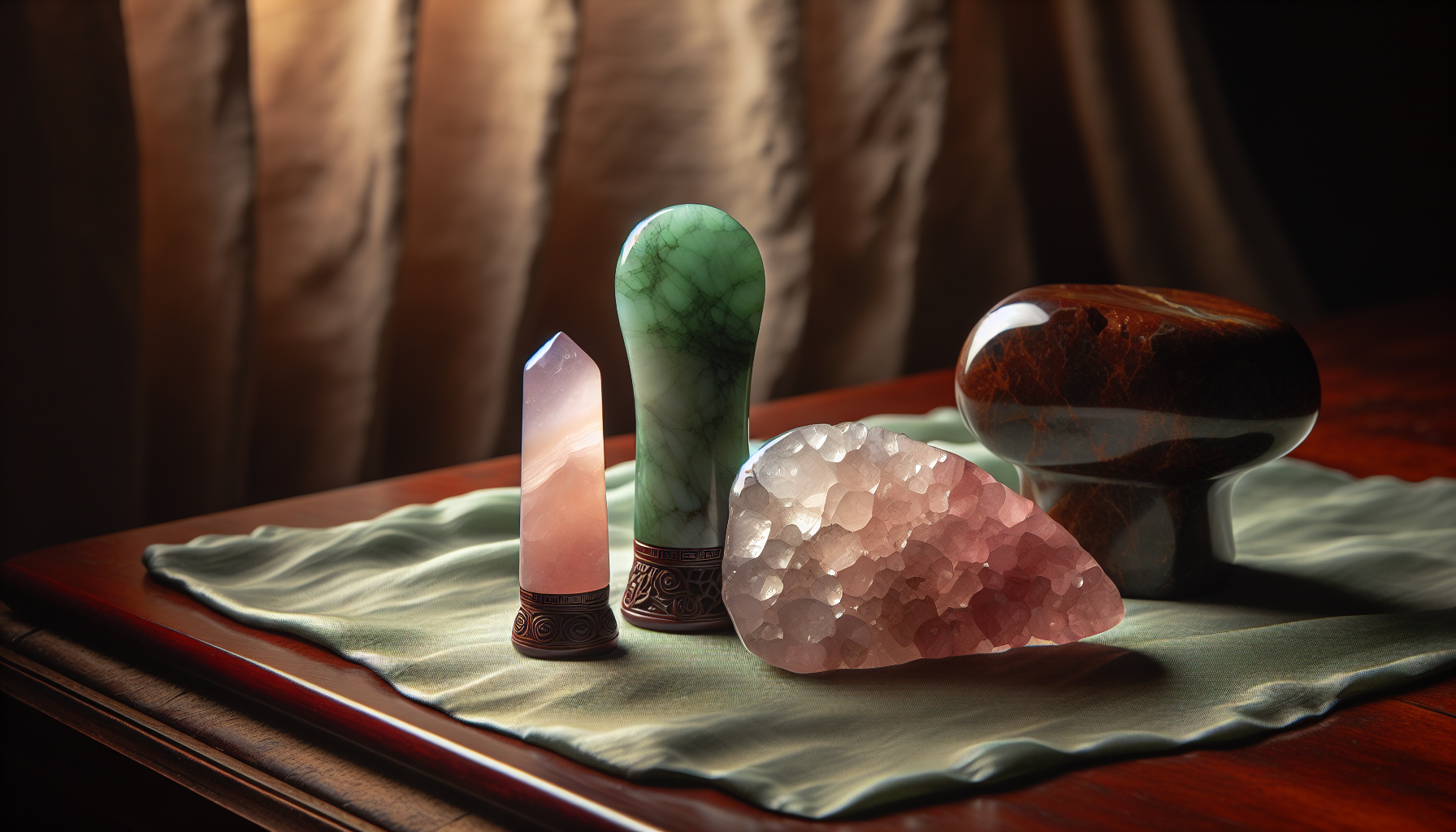
Gua sha, derived from the Chinese words for ‘scraping’ and ‘sand’, refers to the red raised skin response from the technique. Traditionally used to address stagnant energy, or ‘chi’, in the body, practitioners believed it could alleviate inflammation. Gua sha tools, historically made from jade, horn, or coin, have evolved to include a variety of shapes and materials.
In contemporary times, Western beauty practices have adopted this technique, primarily for facial treatments that boost skin health and aesthetics.
The Anatomical Uniqueness of Facial Muscles
The human body is a complex structure, with muscles playing a crucial role in movement and support. Most skeletal muscles are attached to bones on both ends, facilitating movement by contracting and pulling on the skeleton. However, the muscles in the face are said to be an exception to this general anatomical rule. Unlike skeletal muscles that span between bones, many facial muscles are directly attached to the skin. This unique attachment is what allows for the wide range of facial expressions humans can make, from smiling and frowning to the subtle expressions of confusion or surprise.
The Need for Manual Manipulation & Face Sculpting
The claim that facial muscles require manual manipulation stems from their unique anatomical configuration. The theory is that because these muscles are not anchored to the bone in the same way as other muscles, they are more prone to losing tone and elasticity without regular stimulation. Techniques like gua sha, face sculpting, face yoga, and facial massage are believed to provide this necessary stimulation, improving blood circulation, promoting lymphatic drainage, and enhancing muscle tone. This manual manipulation is thought to combat signs of aging, reduce puffiness, and sculpt the face more distinctly by keeping the facial muscles toned and elastic.
Evidence Supporting the Unique Structure of Facial Muscles
- Anatomical Studies: Research in anatomy and physiology confirms that facial muscles, particularly the muscles of facial expression, don’t have boney attachments at both ends. These muscles, including the orbicularis oris and zygomaticus major and minor, are attached at one end to bone, and skin or muscle at the other.
- Dermatological Research: Studies in dermatology have shown that techniques like facial massage can improve skin appearance and muscle tone. These studies often point out the unique structure of facial muscles as a reason these techniques are effective, suggesting that manual manipulation can compensate for the lack of skeletal attachment by stimulating muscle activity and circulation.
- Physiotherapy and Rehabilitation: With facial rehabilitation, especially after nerve damage or stroke, physiotherapy practices include exercises targeted at facial muscles. The success of these rehabilitative practices in restoring facial muscle function and appearance support the notion that facial muscles benefit from manual manipulation. This is due to their distinctive attachment to skin rather than bone, which requires different methods to maintain muscle tone.
Gua Sha & Face Sculpting Today
In recent years, the popularity of gua sha and face sculpting has surged dramatically, signaling resurgence in the wellness and beauty sector. Both individuals and skincare professionals report noticeable skin improvements after integrating gua sha into their routines, contributing to the popularity.
In the Western world, gua sha’s been adapted for skincare benefits, focusing on improving skin tone and minimizing premature aging.
Choosing Your Gua Sha Tool
Traditional gua sha tools were constructed from a range of materials including jade, animal bones, and metals. Current gua sha and face sculpting tools are hand harvested and carved out of gemstones including rose quartz, amethyst, and blue spot jasper. All are prized for their aesthetic appeal and purported healing properties. The shapes of these tools have also evolved to cater to different needs.
Heart-shaped tools are great for facial contouring, while ocean wave-shaped tools offer versatility for both face and body. Wand-shaped tools, on the other hand, target acupressure points.
Mastering the Gua Sha Face Sculpting Method
Mastering gua sha and face sculpting requires the appropriate preparation and execution of technique. Here are the steps to follow:
- Start with clean skin. Apply toner as usual.
- Prep the skin using vegan, non-comedogenic facial oil like Sea Silk Cleansing Oil to ensure a smooth glide without irritation.
- Hold the gua sha tool at a 30 to 45-degree angle to the skin.
- Apply enough pressure to feel a sensation but not so much to cause pain.
- Repeat each gua sha stroke three to five times. Focus on the jawline, forehead, cheeks, under-eye, brow bone, and neck.
- Ensure movements are upward and in line with lymphatic flow.
This correct technique increases blood circulation and stimulates the lymphatic system, reducing puffiness, inflammation, and enhancing facial definition.
Boosted Circulation and Detoxification
Gua sha and face sculpting significantly enhances circulation. The technique stimulates microcirculation of the soft tissue, resulting in increased blood flow to the treated areas. This increased oxygenated blood flow promotes metabolic cell repair, regeneration, and healing.
With better blood circulation, gua sha may facilitate the body’s process of eliminating toxins. This contributes to overall health and clearer skin. By moving congestion and bringing fresh blood to the skin’s surface, gua sha can reduce inflammation and acne breakouts.
Face Yoga
Face yoga is a practice that involves specific exercises and massages designed to firm and tone facial muscles, the neck, and décolleté. It aims to provide benefits similar to those of regular yoga, including muscle toning, improved blood circulation, and stress reduction.
Face yoga exercises target different parts of the face to help smooth wrinkles, lift the skin around the eyes, tone cheeks, and tighten the skin around the neck and jawline. It’s suggested to practice face yoga twice a day, in the morning and before bed, to wake up your face muscles and release tension accumulated during the day.
Here are some basic techniques and exercises for beginners:
- Warm-Up: Begin with simple movements that promote blood circulation across the face.
- Neck and Jawline: Exercises targeting the neck and jawline can also help tone your jawline, with movements that stretch and release tension.
- Forehead: Techniques that focus on the forehead area aim to smooth lines and relieve tension, often involving gentle pressure and massage.
- Eyes: Exercises for the eyes may involve movements to strengthen the under-eye area and reduce puffiness or sagging.
- Mouth and Cheeks: Activities here can help plump and tone the cheeks and keep the mouth area firm.
The benefits of face yoga is a non-invasive, natural method that can enhance the effectiveness of skincare routines by improving product absorption and promoting skin rejuvenation. However, consistency is key, as the results depend on regular practice. Experts recommend incorporating face yoga into your daily routine, even if just for a few minutes a day, to see improvements in your complexion and muscle tone.
Face Sculpting & Face Yoga Masters Teaching You on TikTok
Based on the search results, here are some of the best face yoga teachers on TikTok:
- Danielle Collins(@faceyogaexpert): Known as the world’s leading face yoga expert, Danielle Collins has 18 years of experience teaching face yoga to millions of people online and on TV
- Bholi Parihar and Divyansh Sharma (@ProYogaExperts): This duo is known for their rhythmic yoga videos on TikTok, which have received more than 1 million likes
- Anastasia (@anastasiabeautyfascia): Anastasia is one of the top face massage influencers on TikTok, known for her engaging content
- Koko (@kokofaceyoga): Koko is a face yoga coach who believes in a graceful aging process through face yoga. She has been featured on America’s Got Talent showcasing face yoga techniques and exercises.
The Lymphatic System of the Face
Gua sha and face yoga offer more than just aesthetic benefits; they are key practices for promoting lymphatic health and enhancing facial wellness. Because your face muscles are not attached to the skeleton, the lymphatic system doesn’t work as well. But by incorporating these techniques into your skincare regimen, you’re not only working towards a more radiant complexion but also supporting your body’s natural detoxification processes.
The Essential Role of Gua Sha, Face Sculpting, & Face Yoga in Stimulating Lymphatic Drainage
In the pursuit of holistic wellness and beauty, traditional practices such as gua sha and face yoga have regained popularity, not just for their skin-enhancing benefits but also for their effectiveness in promoting lymphatic drainage. Understanding the underlying mechanisms can provide insight into how these techniques contribute to facial health and aesthetics.
Gua Sha: An Ancient Practice for Modern Wellness
Gua sha, is not limited to facial care; it’s applied across the body to stimulate circulation and promote healing. However, when applied to the face, gua sha specifically targets the lymphatic system, which is crucial for removing toxins and reducing puffiness. By following the natural pathways of the lymphatic system, gua sha facilitates the drainage of lymphatic fluids, thereby detoxifying the skin and enhancing its natural glow.
Face Yoga: Toning Muscles and Stimulating Lymph Flow
Face yoga consists of various exercises designed to tone the facial muscles, improve skin appearance, and promote relaxation. Unlike the muscles in the rest of the body, many facial muscles are directly attached to the skin, making them particularly responsive to manual manipulation. Face yoga exercises encourage blood flow and lymphatic drainage, helping to reduce the appearance of puffiness, especially around the eyes, and to define the facial contours. Regular practice can lead to firmer skin, reduced wrinkles, and a more youthful appearance.
Lymphatic System: The Unsung Hero of Facial Health
The lymphatic system plays a pivotal role in our overall health, acting as the body’s internal “cleansing” mechanism. It’s responsible for removing waste and toxins from bodily tissues and supporting the immune system. However, the lymphatic system relies on physical movement to function effectively. In the face, where many muscles are not attached to bones but to skin, manual stimulation is essential for promoting lymphatic flow. This is where gua sha and face yoga come into play, providing the necessary movement to help clear lymphatic blockages, reduce swelling, and improve skin health.
Incorporating Gua Sha & Face Yoga into Your Routine
Integrating gua sha and face yoga into your daily skincare routine can offer numerous benefits, from enhanced skin appearance to improved lymphatic function. Starting with gua sha, use gentle, upward strokes along the contours of your face with a specially designed tool. For face yoga, incorporate exercises that target various facial regions, focusing on gentle, repetitive movements to stimulate muscle activity and lymph flow.
Dermatologist Recommended Seaflora Skincare
Seaflora Skincare – the Only Skincare Brand using Seaweed as the Main Ingredient
Seaweed has emerged as a superfood for the skin, packed with vitamins, minerals, antioxidants, and bioactive compounds. Its natural alginate provides a slippery texture that is ideal for skincare routines involving gua sha and face yoga, allowing for smooth skin manipulation without irritation, or clogging pores
Enhancing Gua Sha and Face Yoga with Seaweed
Gua sha and face yoga are techniques that promote skin health through massage and facial exercises. The slippery texture of seaweed enhances these practices by facilitating the movements and supporting the skin’s natural functions.
Seaweed’s Role in Lymphatic Drainage
Seaweed’s bioactive compounds, such as fucoidan and laminarin, have been shown to have health benefits that could indirectly support lymphatic drainage. Lymphatic drainage is a detoxifying process that reduces puffiness and promotes skin health. Seaweed aids in this process by boosting circulation and supporting the removal of toxins from the skin. The rich content of vitamins, minerals, and bioactive compounds in seaweed supports the lymphatic system’s function. These nutrients can help maintain fluid balance, absorb fats from the digestive tract, and remove cellular waste.
Detoxifying Properties
Seaweed wraps, like those used in Island Currents Detox Wrap Treatment, incorporate seaweed’s detoxifying properties to stimulate the lymphatic system. The treatment includes a seaweed wrap followed by a lymphatic massage, which together aim to reduce the appearance of cellulite by encouraging lymph flow and the removal of waste fluid from cells
Antioxidant and Anti-inflammatory Effects
Seaweed’s antioxidant and anti-inflammatory properties also contribute to its role in lymphatic drainage. By fighting free radicals and reducing inflammation, seaweed can help protect and maintain the health of lymphatic vessels, ensuring efficient waste removal and fluid balance in the body
Anti-Aging Benefits of Seaweed Skincare
Seaweed is a potent anti-aging ingredient. It protects against free radical damage, stimulates collagen production, and retains moisture, making it more effective than traditional ingredients like hyaluronic acid. This helps in reducing the appearance of wrinkles and maintaining a youthful complexion
Seaweed for Acne and Oil Control
Seaweed’s antimicrobial properties combat acne, while its ability to regulate oil production helps maintain clear skin. It also provides essential nutrients that promote a healthy skin barrier, which is crucial for acne-prone skin
Boosting Circulation with Seaweed
Seaweed contains a variety of nutrients, including iodine and minerals, which are known to improve metabolism. This, in turn, stimulates the liver, kidneys, skin, and intestines to expel stored toxins and enhance blood circulation
Improved circulation is crucial for the lymphatic system as it relies on the movement of blood to help transport lymph, a fluid containing white blood cells and waste products, throughout the body.
Frequently Asked Questions
What is a gua sha good for?
Gua sha is good for promoting blood flow, which can help reduce pain and stiffness. It has been found to significantly improve chronic neck pain after just a single treatment.
Do gua sha stones really work?
Yes, people’s personal experiences with gua sha often speak for itself. Many individuals have noticed subtle but noticeable benefits, such as relief from TMJ symptoms.
Does face yoga really work?
While limited studies suggest that face yoga may improve facial appearance and muscle tone, it may not be as effective as a face-lift. However, it can be a beneficial addition to your skincare routine.
What is gua sha and where does it originate from?
Gua sha is a traditional Chinese practice that involves scraping the skin with a massage tool to promote circulation and enhance the skin’s natural glow. It originates from China.

